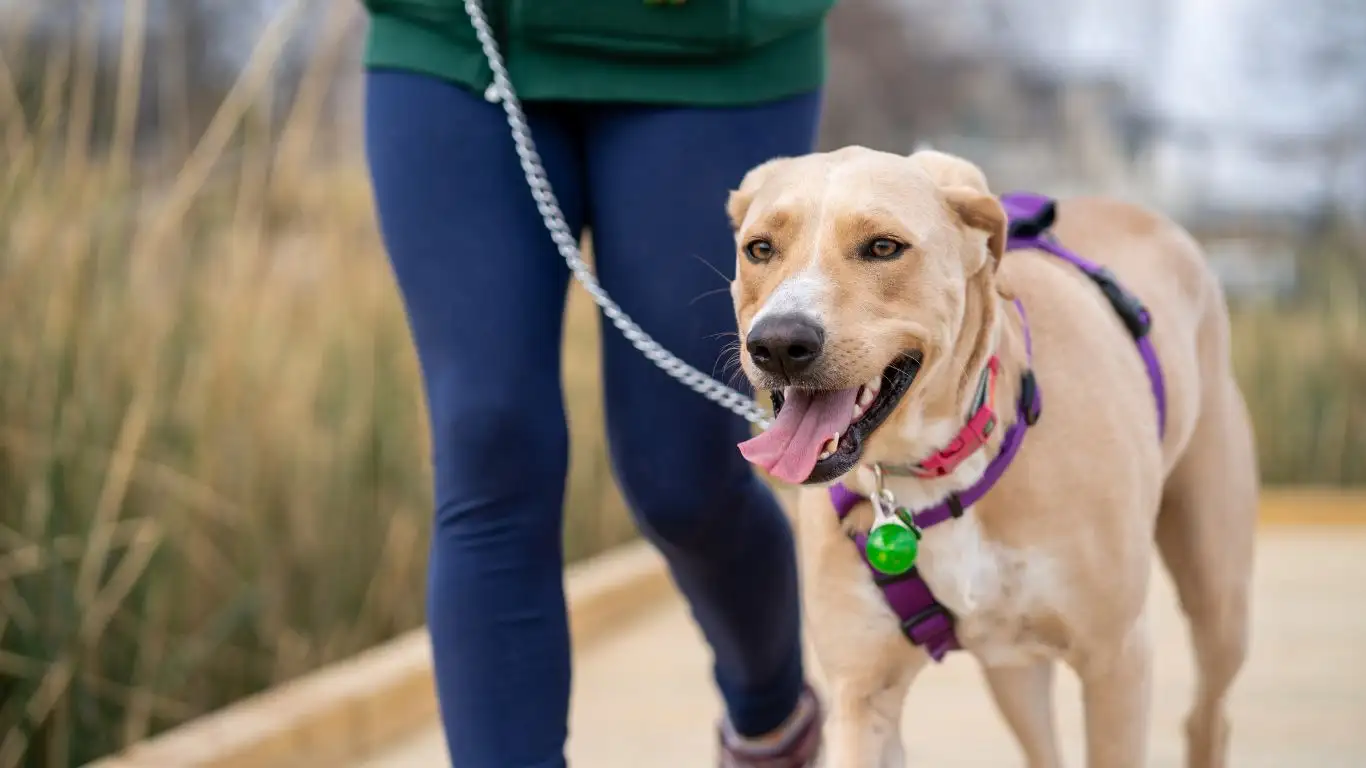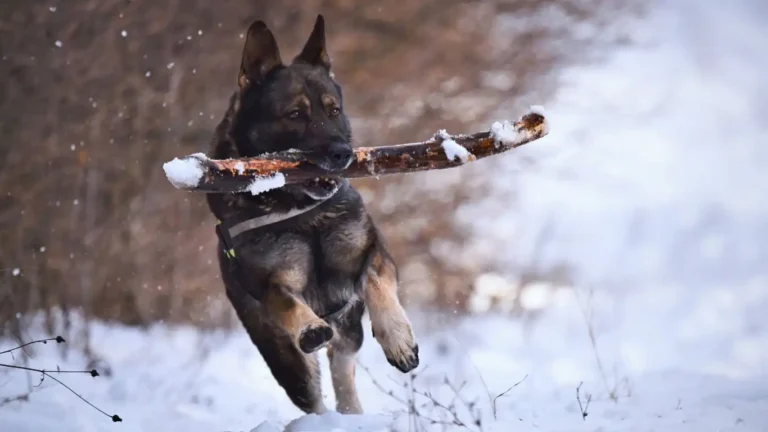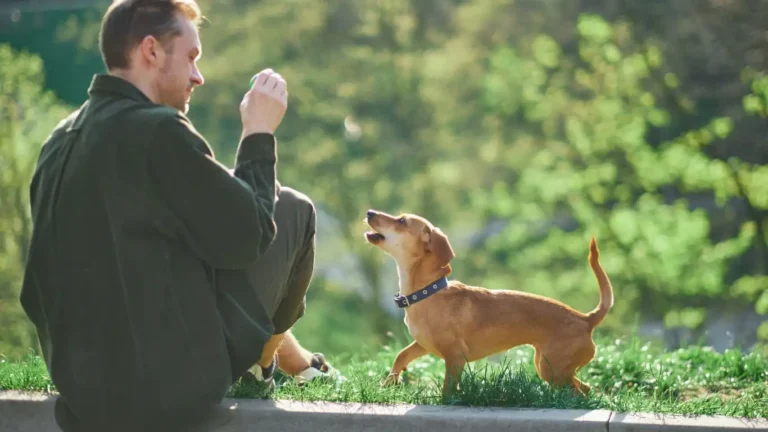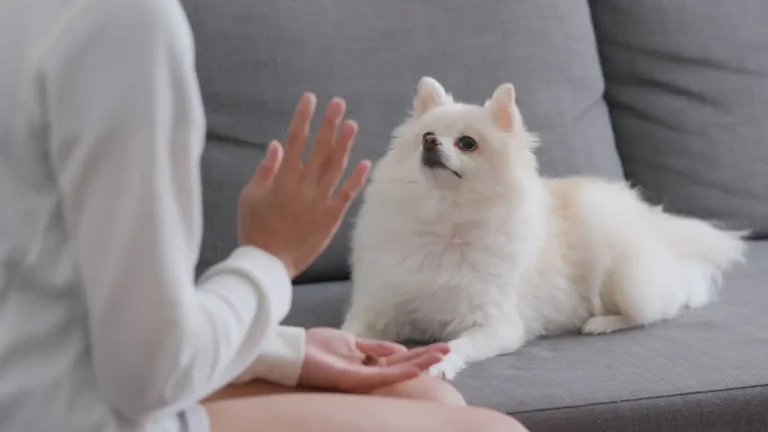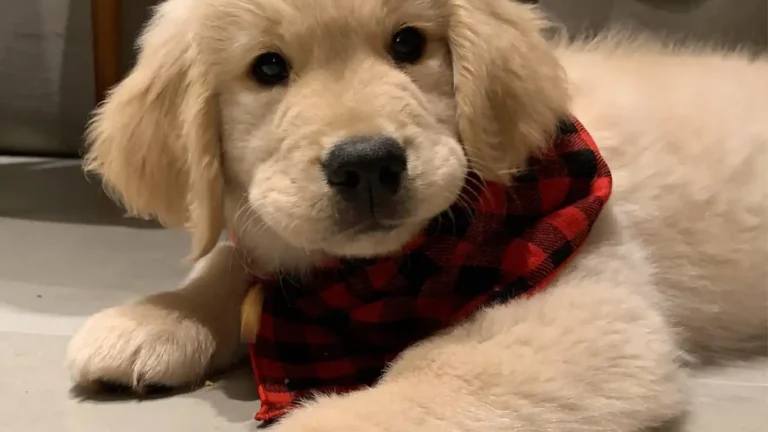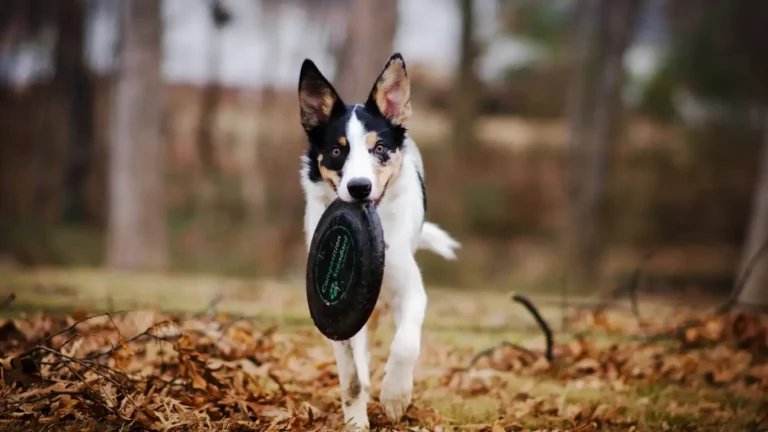Struggling with Hugs? How to Train a Dog to Stay Calm and Relaxed
If you’re wondering how to train a dog to remain calm while being hugged, you’re definitely not alone. As someone who’s worked for years as a Canine-Assisted Therapy Trainer, I’ve seen plenty of dogs—big and small—get visibly uncomfortable when embraced. Hugging is a very human way to show affection, but it doesn’t always translate the same way for dogs. Some dogs freeze, others try to squirm away, and a few might even growl. But the good news? With the right approach, patience, and empathy, you can help your pup feel totally at ease when wrapped up in a loving hug.
Why Some Dogs Dislike Hugs

Let’s get into a little canine psychology here. Unlike us, dogs don’t naturally hug each other. What we see as affectionate pressure, they might interpret as restraint or a threat—especially if they’re not used to it. I’ve worked with rescue dogs who flinch at the slightest touch, and even well-socialized pups can feel cornered if they aren’t expecting physical closeness.
From my hands-on experience, these are some common reasons dogs might resist hugs:
- Lack of socialization: If a dog hasn’t been exposed to close physical contact early on, hugs might feel foreign.
- Past trauma: Dogs with a history of mistreatment may associate touch with fear or pain.
- Body language misread: Dogs rely heavily on body cues. What we think is sweet might feel threatening to them.
Building Trust First
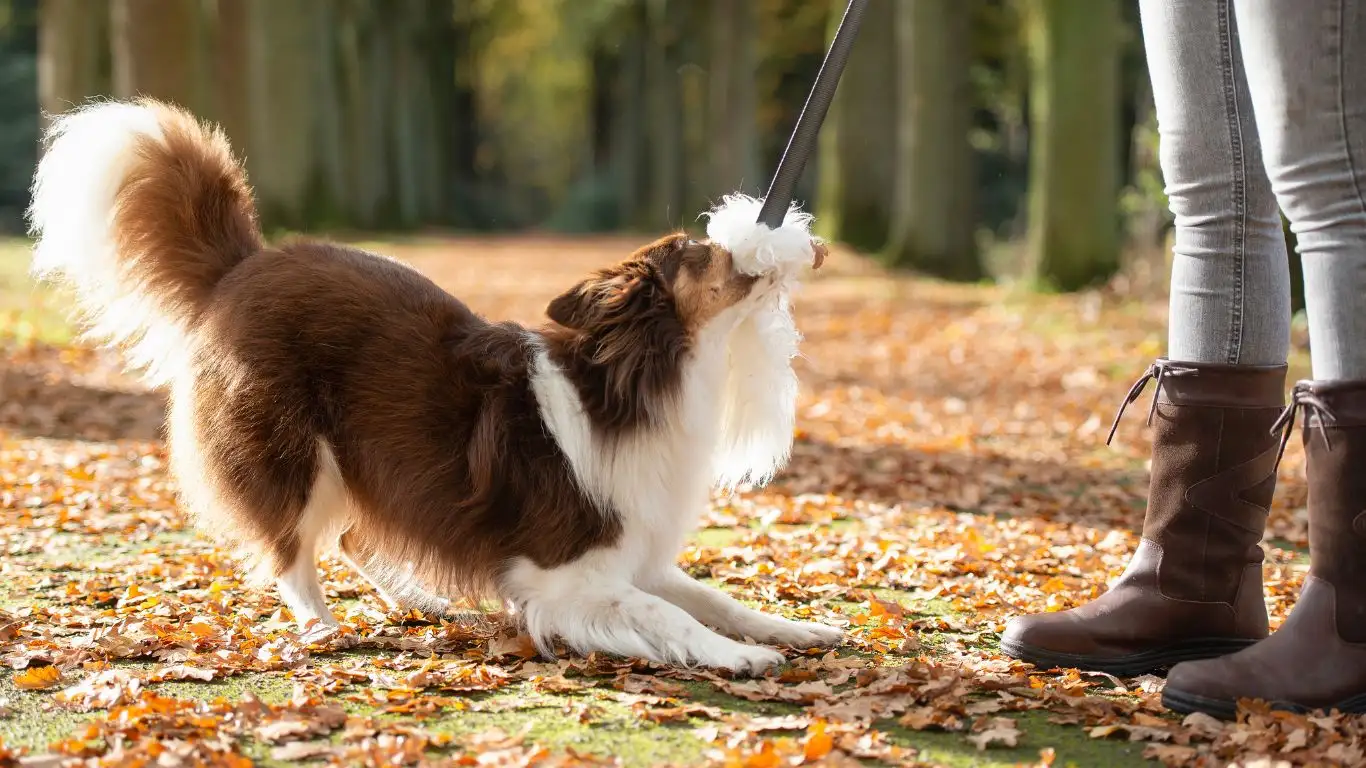
Before we even start training, I always emphasize the foundation of all good behavior: trust. Whether you’re raising a puppy or working with an older dog, trust-building is key. In therapy work, we often spend weeks—sometimes months—just working on calm contact before introducing anything that might feel invasive.
Steps to Establish a Calm Bond
- Let your dog come to you: Give them the option to approach. Sit on the floor and make yourself less intimidating.
- Read their body language: Ears back? Tail tucked? Back off. Loose body? Wagging tail? That’s your green light.
- Reward calm contact: Every time your dog sits beside you or leans in, reward with a treat and a calm voice.
When I first worked with Max, a big lovable retriever who hated being hugged, I started with just short gentle touches on his shoulder, always followed by a treat. It took about three weeks before he voluntarily leaned into me—and eventually, allowed a light embrace without any signs of stress.
Desensitization: Your Secret Weapon

One of the most effective ways to train a dog to remain calm while being hugged is using a technique called desensitization. Sounds fancy, but it’s really just a gradual exposure strategy. You’re slowly getting your dog used to something they’re unsure about—like a hug—by breaking it down into smaller, manageable steps.
Breaking It Down
- Step 1: Start with a light touch around the chest and shoulders while your dog is calm and relaxed.
- Step 2: Slowly increase the duration of the touch, watching for signs of stress (like yawning, licking lips, or shifting away).
- Step 3: Introduce gentle arm placement—don’t close the hug just yet, just let your arm rest lightly across their back.
- Step 4: Eventually, simulate a full hug for just a second, then release. Reward. Gradually increase time as your dog remains calm.
This method has worked wonders with countless therapy dogs I’ve trained. The key? Go at your dog’s pace. If they resist or show stress, take a step back. Hug training is a journey, not a race.
Using Positive Reinforcement to Boost Confidence
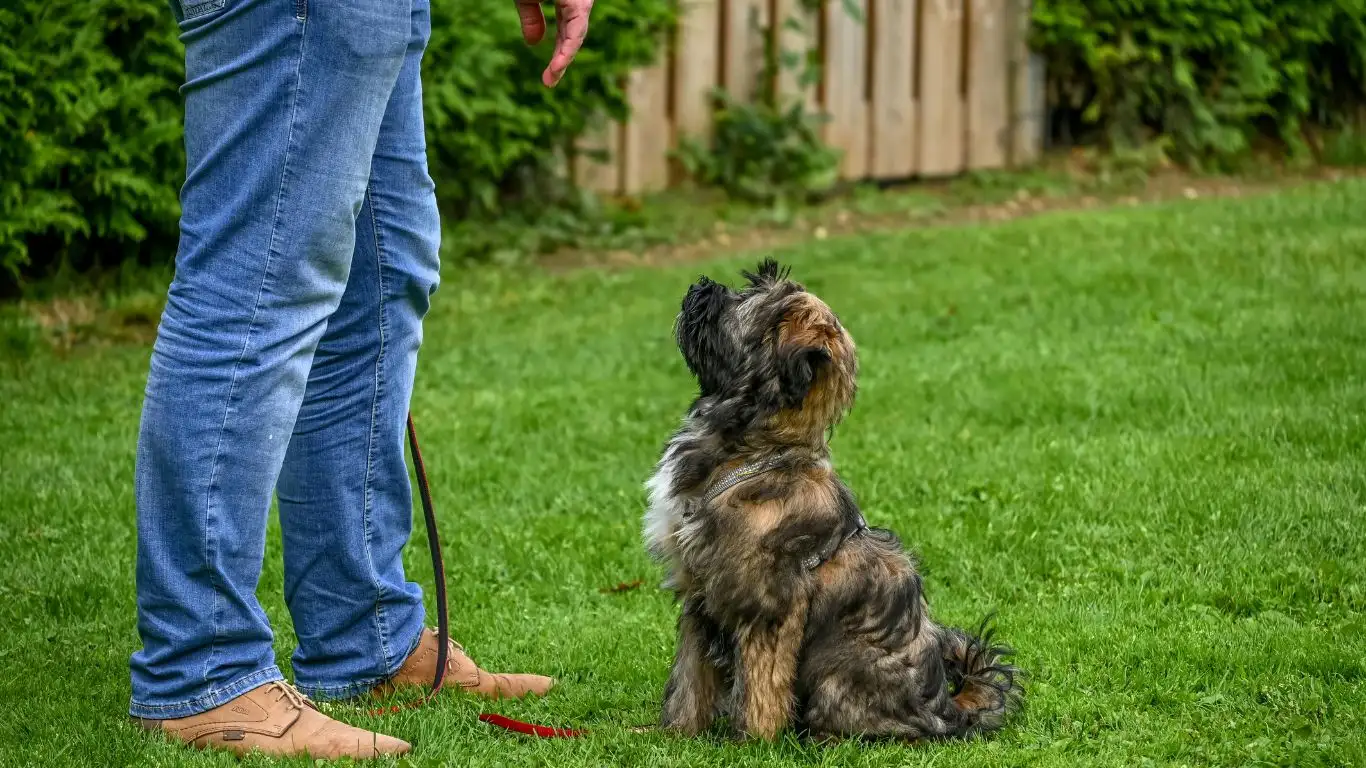
One of the golden rules I’ve followed throughout my career in canine-assisted therapy is this: positive reinforcement always wins. It’s especially powerful when teaching your pup how to train a dog to remain calm while being hugged. Think about it—wouldn’t you rather do something if you knew a treat or praise was coming your way?
When working with dogs, I always keep a pouch of high-value treats on hand—something that makes their tail do a happy little dance. For some, it’s bits of chicken; for others, a soft toy. Every time your dog shows relaxed behavior during any step of the hug desensitization process, that’s your cue to reward like a champ.
My Go-To Reward Routine
- Start with a calm voice and gentle hand touch.
- Use a clicker or a simple “Yes!” the moment your dog stays still.
- Follow up with a treat and lots of praise—make it a mini celebration!
I remember working with Luna, a sweet lab mix who’d instantly freeze when touched. But once we introduced cheese cubes into the mix (her personal kryptonite), things shifted. Within a couple of weeks, she was relaxing under touch and eventually letting my arms rest gently around her shoulders.
What to Avoid During Hug Training

Let’s talk about what not to do, because trust me, I’ve seen these common mistakes set back progress more than once. Hug training is delicate—you’re building comfort with something that doesn’t come naturally to dogs.
Steer Clear of These Mistakes
- Never force a hug: If your dog pulls away, don’t restrain them. That erodes trust fast.
- Don’t overdo it: Training sessions should be short and positive. Stop before your dog shows signs of stress.
- Avoid distractions: Choose a quiet, comfortable spot for your training—no loud TVs or busy foot traffic.
One client of mine once unknowingly scared her border collie by hugging too tightly and for too long during a loud family gathering. The pup, already unsure about hugs, associated that discomfort with the noise and energy around him. We had to completely reset his progress—but with patience and calm, he came around again.
Reading Subtle Signals: Know When to Pause
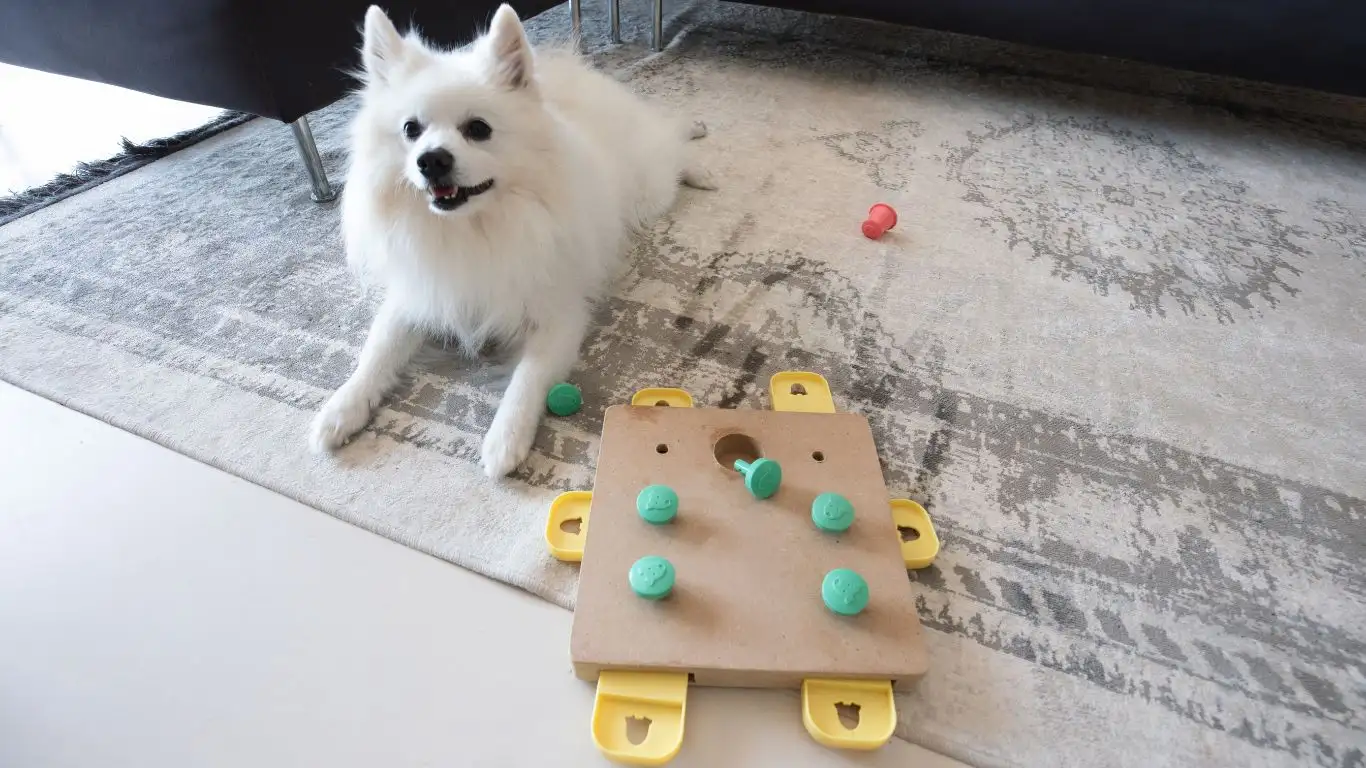
Understanding your dog’s body language is absolutely crucial. Not all dogs bark or whimper when uncomfortable—most communicate through subtle cues. As a trainer, reading these signals is second nature now, but I always encourage pet parents to really observe their pups during every interaction.
Watch for These Body Language Cues
- Whale eyes: You’ll see the whites of their eyes—usually a sign of anxiety.
- Yawning or lip licking: Often mistaken for being tired or cute, but can indicate stress.
- Turning the head away: This is your dog’s way of saying “I’m uncomfortable” without being confrontational.
If you spot any of these signs during hug training, stop immediately. Give your dog a moment to reset, and return to something they’re confident with. Rebuilding trust is more valuable than rushing through the process.
Personalizing the Training: No One-Size-Fits-All
Here’s something I always tell my clients—every dog is a little different. What works wonders for one might flop for another. That’s where your bond with your pup comes into play. You know their quirks, their favorite rewards, and their comfort zones better than anyone.
For example, I worked with a senior golden retriever named Milo who had arthritis. Hugging around his back legs made him nervous—not because he hated touch, but because it was painful. We adjusted by focusing only on shoulder-level contact and used a calming lavender-scented mat during sessions to help him relax.
The more you adapt to your dog’s needs, the better your results will be. This training is as much about understanding their preferences as it is about teaching behavior. Empathy, patience, and a good dose of creativity go a long way.
When to Start Hug Training (And How Often to Practice)

If you’re still wondering when the right time is to begin teaching how to train a dog to remain calm while being hugged, here’s my take after working with countless therapy dogs—start early, but not too fast. The ideal moment is when your dog already trusts you and has shown they’re comfortable with gentle touch.
For puppies, I usually recommend starting light desensitization around 10–12 weeks, but only if they’re showing confidence in new experiences. With adult or rescue dogs, take your cues from their body language and prior exposure. Some may be ready in a week. Others might take months. And that’s okay.
Consistency Over Intensity
Short sessions—just 3 to 5 minutes—once or twice daily are more effective than hour-long marathons. Dogs don’t need to be perfect right away; they just need a pattern of safe experiences. Repetition creates familiarity. Familiarity builds comfort.
With one of my client dogs, a rescued border collie named Scout, we did two-minute sessions every evening right before dinner. Just light contact, then a “good job!” and his meal. Within six weeks, hugs were a non-issue. He even started leaning in for them. The key wasn’t pressure—it was patience and routine.
Adapting Hug Training to Different Dog Personalities

Just like people, dogs have personalities. Some are naturally snugglers (looking at you, golden retrievers), while others are more reserved or independent. Understanding your dog’s temperament is a major part of effective training. You don’t need to change who they are—you just help them feel safe.
Tailoring the Approach
- The Cuddler: These dogs already enjoy closeness but might still need guidance to stay calm during longer hugs.
- The Wiggler: Usually young or high-energy dogs who can’t sit still. Use structured training with calm energy outlets.
- The Nervous Nelly: Often rescues or undersocialized dogs. Take extra care with touch and keep sessions super short and rewarding.
I had a tiny terrier named Coco in a group class once who would instantly squirm and bolt when her owner tried to hold her. Turns out Coco was just a very sensitive pup who hated feeling restrained. Instead of aiming for a traditional hug, we modified it: her owner rested her arms beside Coco, no pressure, and gave verbal praise. It looked nothing like a hug from our perspective—but to Coco, it felt safe. That was a win.
Helping Family and Kids Respect Boundaries
One of the most overlooked parts of hug training? The humans. Kids especially love to hug dogs, often with the best intentions—but not always with the gentlest technique. I always advise pet parents to teach kids how to read a dog’s “I need space” cues, and to understand that affection doesn’t always mean physical closeness.
Tips for Teaching Children
- Use analogies: “Would you like it if someone squeezed you when you weren’t ready?”
- Show the signs: Teach kids to spot the difference between a relaxed tail wag and a stressed yawn.
- Promote consent: Encourage them to call the dog over instead of approaching uninvited.
And of course, supervise all interactions. Even the most tolerant dog can feel overwhelmed if boundaries are ignored.
Final Thoughts: Celebrate the Small Wins
At the end of the day, training a dog to remain calm while being hugged isn’t just about the hug. It’s about mutual trust, communication, and understanding that not all affection has to look the same. Your dog’s comfort matters. And when you honor that, the calm comes naturally.
I’ve seen the transformation happen dozens of times—from anxious pups trembling under touch to confident companions melting into a cozy embrace. It’s always heartwarming. And always worth the effort.
References
Disclaimer
This article is based on professional experience and general behavioral principles. Every dog is unique, and results may vary. For specific concerns or behavior issues, please consult a certified dog behaviorist or veterinarian.
